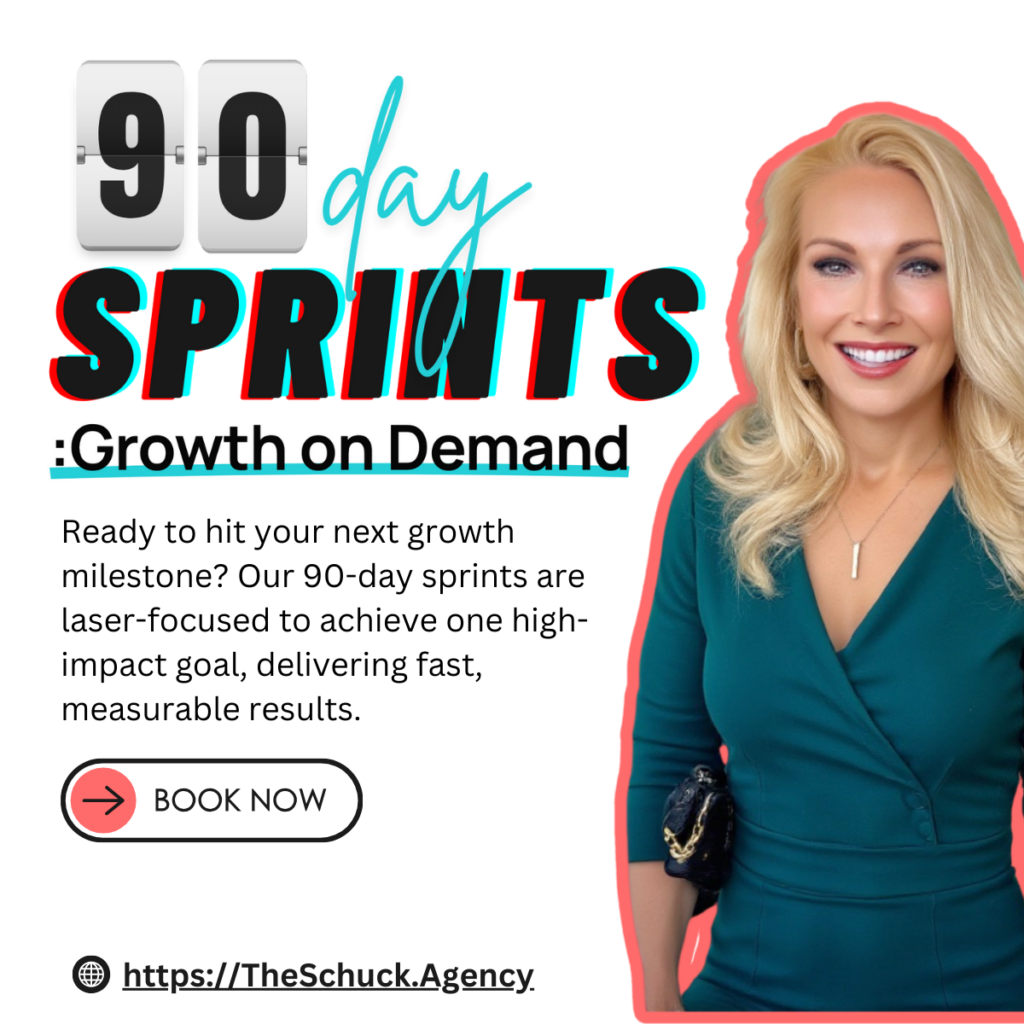Sales Funnel Conversion Rate Calculator
Goal Settings
Update the numbers below to reflect your goals.
Conversion Rates
Default values are conservative estimates for typical B2B conversion metrics.
Revenue Breakdown
Annual Funnel Requirements
Monthly Funnel Requirements

Let's Answer Some of Your Questions.
While the Sales Funnel Conversion Rate Calculator can be extremely helpful in helping you identify the necessary lead flow you’ll need to achieve your annual revenue goals, it can also create a lot of questions!
I’ll tackle some of the most common ones below, but if you’d like a more personalized analysis for your company feel free to a growth strategy session with me below.
How do you define Lead, MQL, SQL and Opportunity?
Lead: is any individual or organization that has shown initial interest in your product or service. This interest can be as simple as visiting your website, subscribing to a newsletter, or filling out a contact form. At this stage, leads are unqualified. Which means they may or may not fit your ideal customer profile, and their intent to buy is not yet clear.
Marketing Qualified Lead (MQL): is a lead that has demonstrated a higher level of engagement with your marketing efforts and is more likely to become a customer compared to other leads. MQLs are typically identified by actions such as downloading a whitepaper, repeatedly visiting your website, or engaging with marketing emails. They have not yet entered into a sales conversation but are considered ready for further nurturing by the sales team.
Sales Qualified Lead (SQL): is an MQL that has been vetted and accepted by the sales team as meeting specific criteria for a potential sale. SQLs have shown clear intent to buy, have a need for your product or service, have the budget, and have the authority to make a purchasing decision. They are considered high-potential prospects and are actively engaged by sales representatives.
Opportunity: is a qualified prospect that has moved further down the sales funnel and is seriously considering making a purchase. At this stage, the sales team is actively working with the prospect, discussing pricing, terms, and specific solutions. Opportunities are marked by a high likelihood of closing the deal, often meeting criteria such as budget, authority, need, and timeline (BANT) at a bare minimum.
If you’re wondering how this maps to a simple sales funnel, here ya go:
- Lead – Top of Funnel
- MQL – Middle of Funnel
- SQL – Lower Middle of Funnel
- Opportunity – Bottom of Funnel
What does it mean if my Lead to MQL is below 25%?
For the purposes of this calculator, we kept the pre-filled conversion rates at the low-end to default to a conservative estimate. If your actual conversion rates are lower than the default, you have a lead quality issue that needs to be addressed.
A lead to MQL conversion rate below 25% suggests:
Lead Quality Issue: The leads entering your funnel may not fit your ideal customer profile or show enough intent.
Inefficient Marketing Spend: Resources may be wasted attracting unqualified or poorly targeted leads.
Misaligned Qualification Criteria: Your definition of an MQL may be too strict, or your marketing and sales teams may not be aligned on what constitutes a qualified lead.
Gaps in Lead Nurturing: Leads may not be receiving the right content or follow-up to move them further down the funnel.
What does it mean if my MQL to SQL is below 15%?
For the purposes of this calculator, we kept the pre-filled conversion rates at the low-end to default to a conservative estimate. If your actual conversion rates are lower than the default, you have a qualification issue that needs to be addressed.
A MQL to SQL conversion rate below 15% suggests:
Lead quality or qualification issues: Marketing may be passing leads that don’t meet sales’ criteria, or your lead scoring/nurturing process may be too broad or not targeted enough.
Sales and marketing misalignment: There may be a disconnect between how marketing defines an MQL and what sales considers a true SQL.
Sales Process Inefficiencies: Slow follow-up, lack of personalization, or poor handoff between teams can reduce conversion rates.
What does it mean if my SQL to Opportunity is below 15%?
For the purposes of this calculator, we kept the pre-filled conversion rates at the low-end to default to a conservative estimate. If your actual conversion rates are lower than the default, you have a sales process issue that needs to be addressed.
If your SQL to Opportunity rate is below 50%, it may signal:
Lead Quality Issues: Many SQLs may not be truly qualified or ready for a sales conversation, leading to high drop-off at this stage.
Misaligned Qualification Criteria: The definition of an SQL may be too broad, or not aligned with what your sales team considers a real opportunity.
Ineffective Sales Process: Slow follow-up, lack of personalization, or poor handoff between teams can reduce conversion rates.
Poor Sales Enablement Tools: Bad demos, sales decks that don’t speak to ICP-driven pain points, or unclear value drivers leading to pricing objections can all drastically lower your conversions to legitimate deal Opportunities.
Sales and Marketing Misalignment: Disagreement between marketing and sales on what constitutes a qualified lead can result in unproductive pipeline stages.
What does it mean if my Opportunity to Close rate is below 15%?
For the purposes of this calculator, we kept the pre-filled conversion rates at the low-end to default to a conservative estimate. If your actual conversion rates are lower than the default, you have a pipeline quality issue that needs to be addressed.
A close rate below 15% suggests:
Low Pipeline Quality: Many opportunities entering your pipeline may not be well-qualified or are unlikely to close from the outset.
Poor Qualification or Discovery: Sales teams may be advancing deals without fully understanding or addressing the buyer’s true needs, leading to stalled or lost deals.
Misaligned Sales Process: There could be a disconnect between how opportunities are defined and what actually constitutes a real chance of closing.
Resource Waste: Time and effort are being spent on deals that have a low likelihood of success, reducing overall sales efficiency.
Competitive or Market Challenges: Intense competition, market saturation, or economic headwinds can also depress close rates
Our Services
- Fractional Chief Growth Officer
- RevOps and Sales Consulting
- Demand Generation
- Sales Enablement
- Full-Cycle Lead Generation
- Sales Funnel Development & Optimization
- Sales & Growth Playbooks
- Strategic Sales & Account-Based Marketing
TheSchuck.Agency — 2025 All Right Reserved


